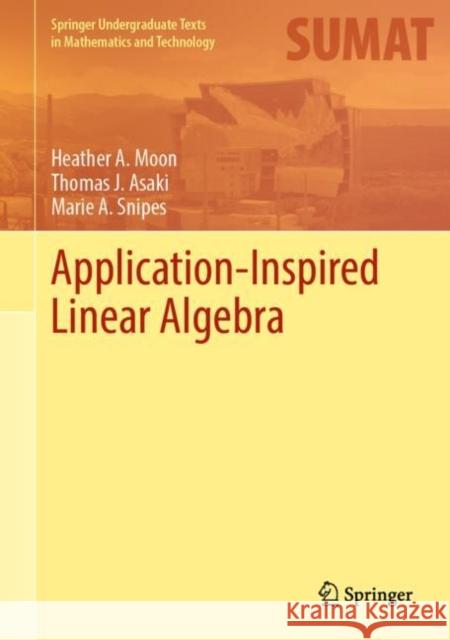Application-Inspired Linear Algebra » książka
topmenu
Application-Inspired Linear Algebra
ISBN-13: 9783030861544 / Angielski / Twarda / 2022 / 581 str.
Application-Inspired Linear Algebra
ISBN-13: 9783030861544 / Angielski / Twarda / 2022 / 581 str.
cena 262,25 zł
(netto: 249,76 VAT: 5%)
Najniższa cena z 30 dni: 250,57 zł
(netto: 249,76 VAT: 5%)
Najniższa cena z 30 dni: 250,57 zł
Termin realizacji zamówienia:
ok. 22 dni roboczych
Bez gwarancji dostawy przed świętami
ok. 22 dni roboczych
Bez gwarancji dostawy przed świętami
Darmowa dostawa!
Kategorie:
Kategorie BISAC:
Wydawca:
Springer Nature Switzerland AG
Seria wydawnicza:
Język:
Angielski
ISBN-13:
9783030861544
Rok wydania:
2022
Wydanie:
2022
Numer serii:
000367342
Ilość stron:
581
Oprawa:
Twarda
Wolumenów:
01











